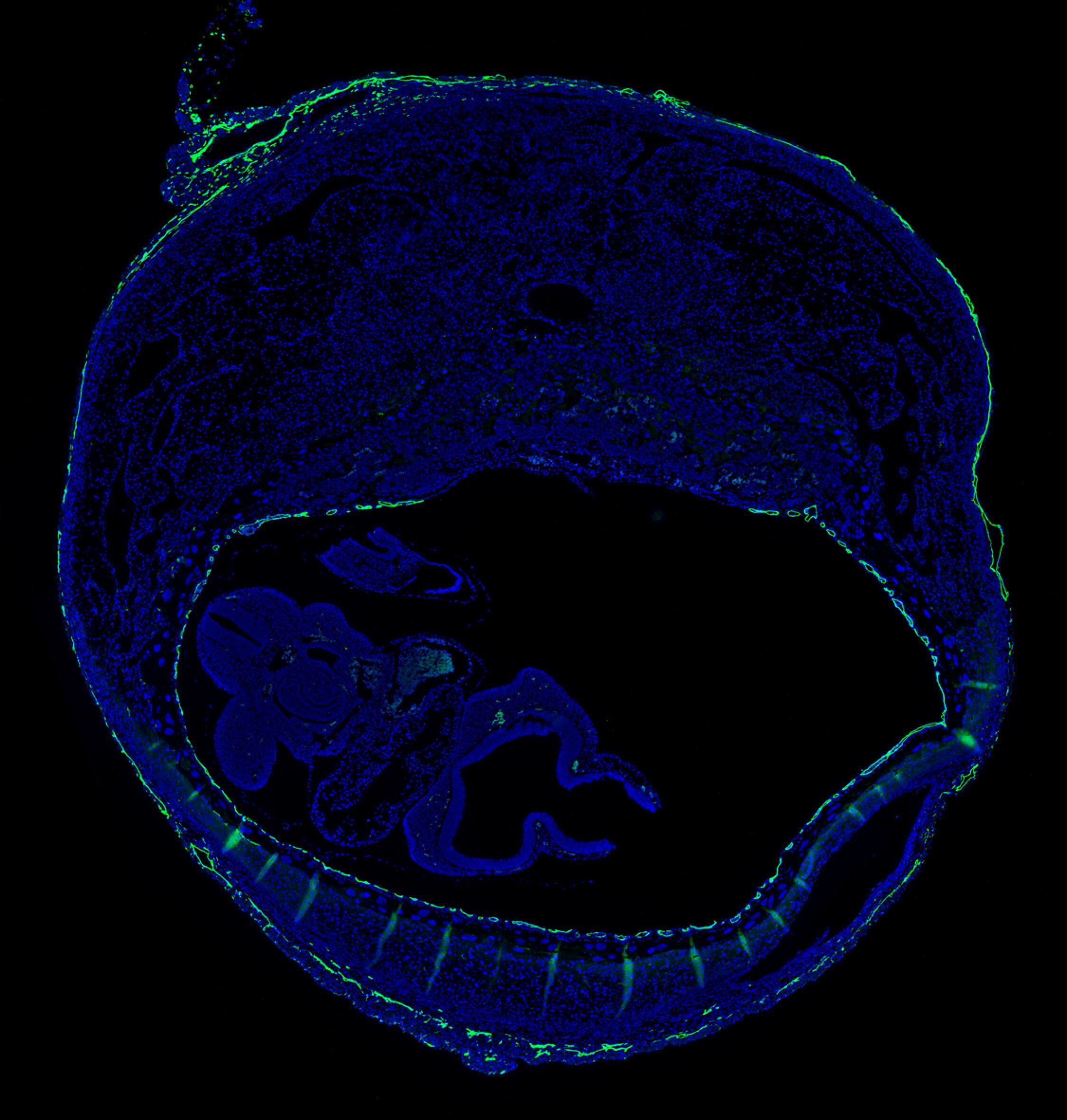
Immunological and Stromal Processes in Uterine Cancer
We are interested in ways that solid tumors might co-opt mechanisms of fetomaternal tolerance in order to protect themselves from T cell attack. Given our expertise on the immunology of the mouse uterus, a major focus has been on an autochthonous mouse model of endometrial carcinoma generated by tissue-specific knockout of the Pten tumor suppressor gene. Our initial work digresses from our focus on T cells and instead shows that neutrophils perform a surprising inhibitory role in uterine epithelial carcinogenesis (Blaisdell et al., Cancer Cell, 2015). Moreover, we found that neutrophil recruitment and direct anti-tumor activity were controlled by levels of tumor hypoxia (Mahiddine et al., J. Clin. Invest., 2020). These findings give a novel insight into tumor-associated neutrophils and reveal a context-specific capacity for neutrophils to directly combat tumorigenesis.
Relief of tumor hypoxia improves neutrophil control of uterine carcinogenesis. We study a well-established mouse model of type I endometrial carcinoma in which the Pten tumor suppressor gene is conditionally deleted within the uterus. Such ‘PRPL’ mice rapidly develop uterine cancer. We have found that neutrophils resist tumor formation in this model and that their anti-tumor effects are enhanced when we relieve tumor hypoxia by housing the mice in a hyperoxia chamber (60% O2). Relief of tumor hypoxia enhances neutrophil production of MMP-9 and NADPH-derived reactive oxygen species, which have a direct negative impact on tumor growth by inducing the tumor cells to detachment from their basement membrane. This image shows the extent of the tumor (red, E-cadherin immunostaining) in the two conditions, and the distribution of infiltrating neutrophils (green, Ly6G immunostaining). Surfaces of the endometrial stroma with sloughed tumor cells are indicated with arrowheads; sloughed tumor debris in the uterine lumen is indicated with asterisks. From Mahiddine et al., J. Clin. Invest. (2020).

